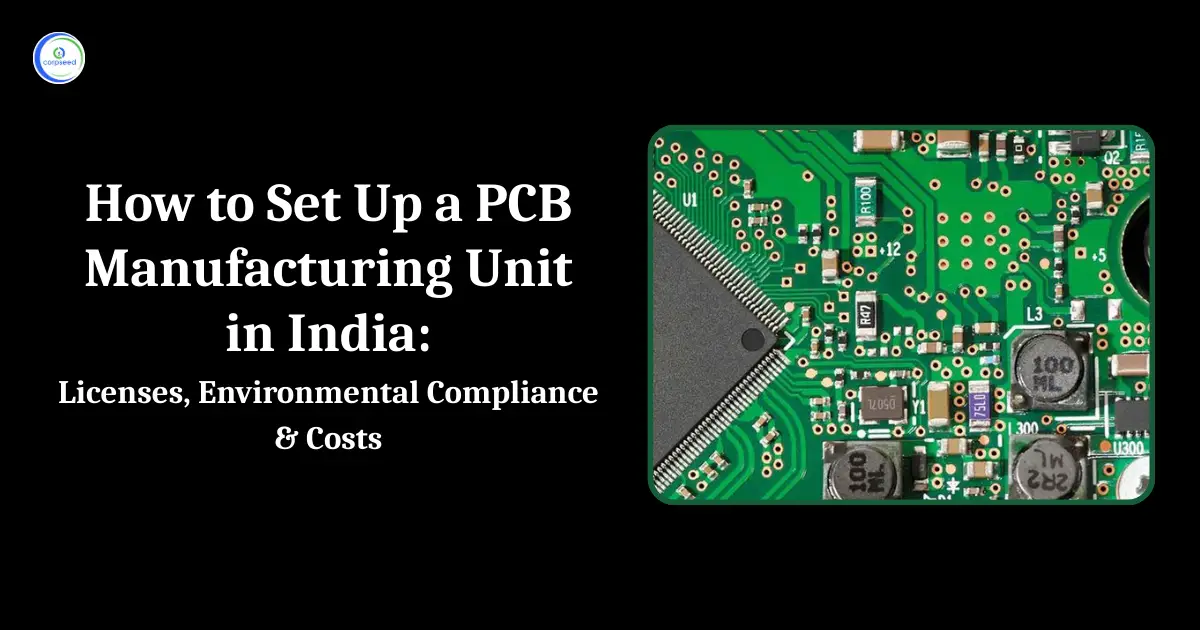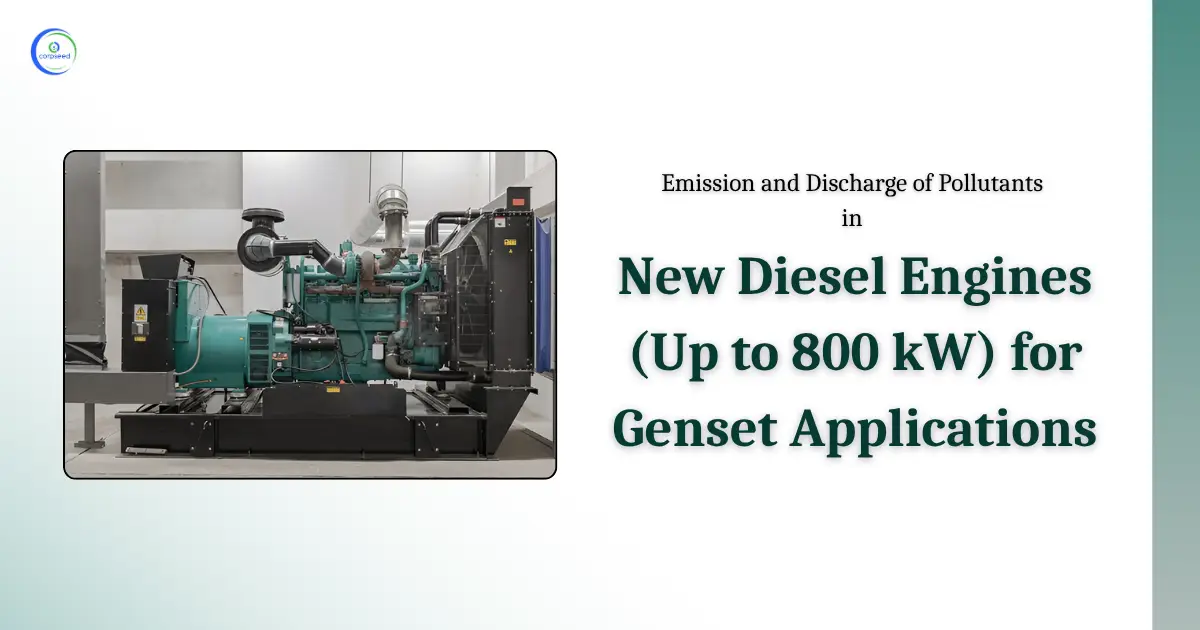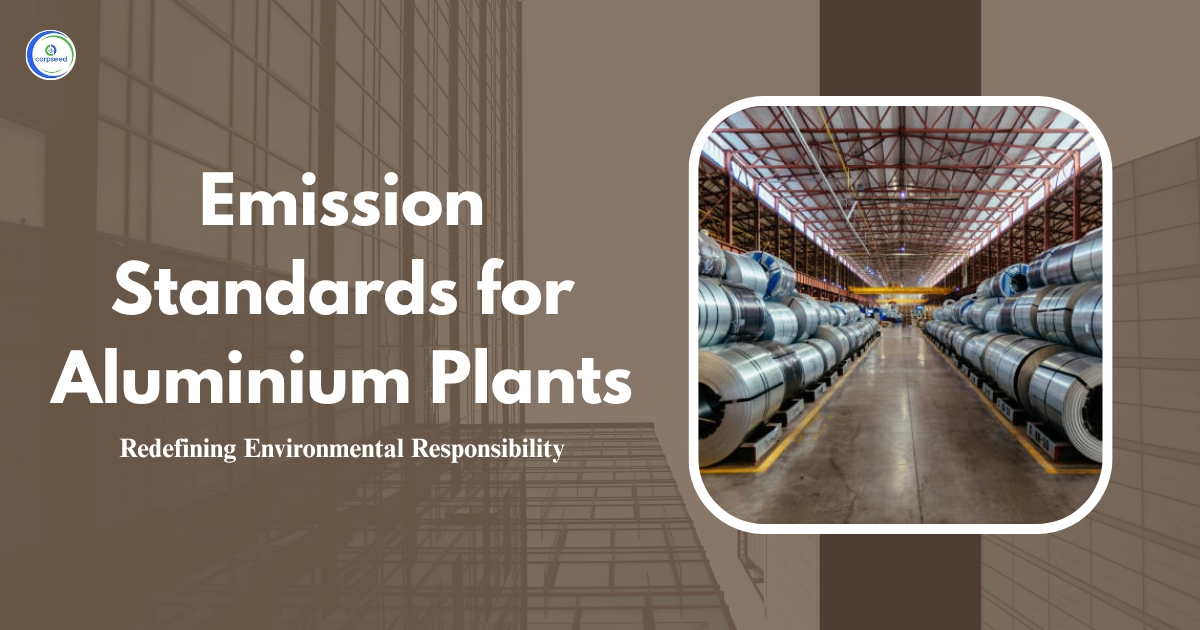The sugar industry plays an important role in agro based industrial development and rural employment. However, it is also a key source of pollution, especially through effluent discharges and air emissions produced during sugarcane processing. Identifying the environmental impact of the industry, regulatory authorities have established specific standards to control the discharge of certain pollutants into water bodies, land and air.
The Ministry of Environment, Forest and Climate Change, under the Environment (Protection) Act, 1986, issued new standards through the, specifically aiming the sugar manufacturing sector. These standards are legally obligatory and are aimed at confirming efficient water and air pollution management and sustainable industrial practices.
Table of Contents
--------------Blog Contact Form-------------
Effluent Discharge Standards for Sugar Industry
As per the amended Schedule-I under the Environment (Protection) Rules, the sugar industry is required to adhere to strict effluent parameters to reduce environmental damage. All concentration values are expressed in milligrams per litre (mg/litre) unless otherwise specified. These restrictions are put in place to control both the quality and quantity of waste water produced by sugar processing units, thereby reducing their environmental footprint. The Permissible Limits for these effluents are mentioned below:
pH: 5.5 to 8.5, Ensures that the discharged effluent is within the safe range for aquatic life and soil quality.
Total Suspended Solids (TSS):
- 100 mg/L for land disposal
- 30 mg/L for surface water disposal
Biological Oxygen Demand (BOD) [3 days at 27°C]: This indicates the organic load in the effluent and helps measure the potential for oxygen depletion in receiving water bodies.
- 100 mg/L for land disposal
- 30 mg/L for surface water disposal
Oil and Grease: 10 mg/L, excessive oil can form films over water bodies, affecting oxygen transfer and aquatic life.
Total Dissolved Solids (TDS): 2100 mg/L, high TDS can disturb soil permeability and water salinity.
Final Treated Effluent Discharge Limit:
- 200 litres per tonne of cane crushed as the overall limit
- 100 litres per tonne of cane crushed for final treated effluent
- 100 litres per tonne for cooling tower blowdown or spray pond overflow
- Only one outlet point is allowed for any treated leak
Air Emission Standards
To address the matter of air pollution, especially from boilers and chimneys in sugar plants, emission standards for particulate matter have been laid out.
Particulate Matter Emissions, should not exceed 150 milligrams per normal cubic metre (mg/Nm³) from any stack or vent.
Meeting these standards needs the installation of proper air pollution control equipment such as electrostatic precipitators (ESPs), bag filters or wet scrubbers to capture fine particulate pollutants that are released into the atmosphere.
Irrigation Protocol for Treated Effluent
Treated wastewater, if reused for irrigation, must be applied as per permissible soil-specific loading rates. These guidelines are intended to prevent groundwater contamination and promote efficient use of treated water.
Permissible Loading Rates:
| S. No. | Soil Texture | Loading rate in m3 /Ha/Day |
| 1 | Sandy | 225 to 280 |
| 2 | Sandy loam | 170 to 225 |
| 3 | Loam | 110 to 170 |
| 4 | Clay loam | 55 to 110 |
| 4 | Clay | 35 to 55 |
Wastewater Conservation and Pollution Control Management
The rules highlight the requirement for water conservation and responsible management of wastewater. The following measures are vital for effective environmental compliance:
- Recycling and Reuse: Establishment of cooling arrangement and polishing tank for recycling the excess condensate water to process or utilities or allied units.
- Effluent Treatment Plant (ETP) Operation: ETPs must be stabilized one month before the beginning of the crushing season and continue to operate one month after the crushing season to manage wastewater loads effectively and prevent seasonal pollution spikes.
- Seepage Proof Storage for Treated Effluent: During periods when irrigation is not feasible, treated effluent must be stored in a seepage proof lined pond having 15 days holding capacity.
- Flow Meter Installation: All fresh water abstraction points must have flow meters installed to monitor and control freshwater consumption.
- Air Pollution Control Devices: Units are required to install suitable control equipment to confirm that particulate matter emissions remain within the prescribed limits.
Read Our Blog: Waste Water Management and Wastewater Treatment Plant Setup
Conclusion
The revised environmental standards are a major step towards aligning industrial operations with ecological sustainability for the sugar industry. These measures order strict controls on waste discharge, air emissions and water use practices. Application of these standards ensures that sugar processing units reduce their environmental impacts while supporting water recycling, responsible soil management and clean air.
Adherence to these standards also fortifies the social license of the industry to function and promote a culture of environmental responsibility. By adopting essential technologies and protocols, Chinese manufacturers not only safeguard natural resources but also establish themselves for long-term operational stability and regulatory confidence.
This portion of the site is for informational purposes only. The content is not legal advice. The statements and opinions are the expression of author, not corpseed, and have not been evaluated by corpseed for accuracy, completeness, or changes in the law.
BOOK A FREE CONSULTATION
Get help from an experienced legal adviser. Schedule your consultation at a time that works for you and it's absolutely FREE.







_Corpseed.webp)
.webp)
